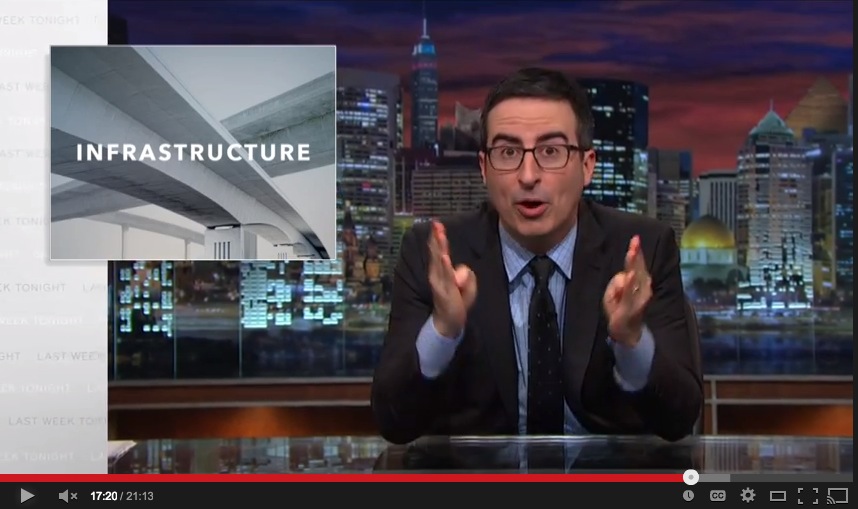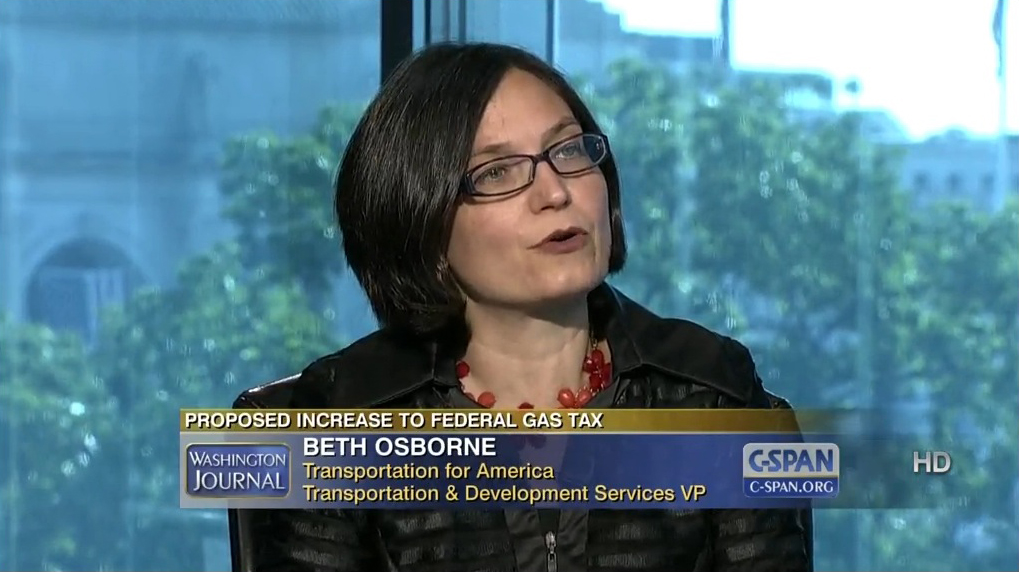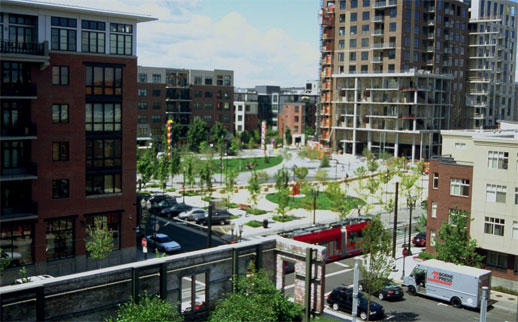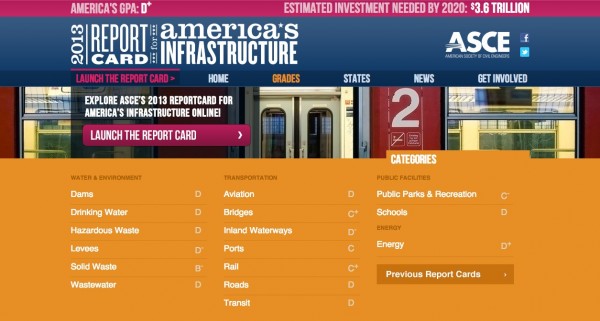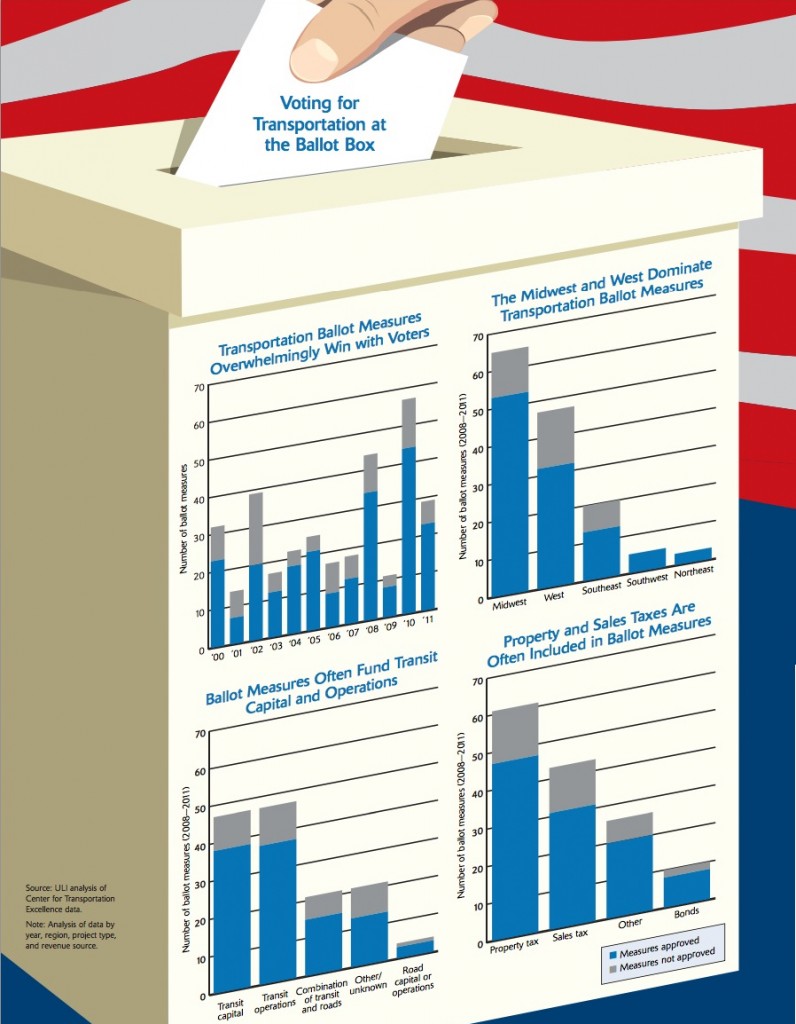Link to hearing page: here.
On February 1st the House Transportation and Infrastructure (T&I) Committee held its first hearing of the new Congress to host a broad discussion on the need to invest in infrastructure.
The hearing panelists were:
- Fred Smith, Chairman, President, and CEO of the FedEx Corporation
- David MacLennan, Chairman and CEO of Cargill, Inc.
- Ludwig Willisch, President and CEO of BMW of North America
- Mary Andringa, Chair of the Board of the Vermeer Corporation
- Richard Trumka, President of the AFL-CIO
Chairman Bill Shuster (R-PA) called the hearing to discuss the need for investment in infrastructure. Rep. Shuster began the hearing by noting two new additions to the committee room: quotations from Adam Smith’s Wealth of Nations and from the U.S. Constitution which emphasize infrastructure development as an important function of the federal government.
In contrast to Rep. Shuster’s general endorsement of infrastructure spending, Ranking Member Peter DeFazio (D-OR) came out with several specific financing proposals, including increasing and indexing fuel taxes, reassigning fees collected at ports to fund harbor maintenance, and raising the cap on passenger facility fees used to finance airport improvements.
The panelists all strongly supported, in principle, additional investment in this area and the business leaders each spoke of how predictable travel on highways, waterways and through ports and airports was critical to their businesses.
Comments from the panel
FedEx Chairman Fred Smith noted, and frequently repeated through the hearing, that his company and nearly all others in the transportation sector support an increase in user fees to support additional spending on infrastructure. He specifically endorsed an increase in motor fuel taxes as well as new congestion charges assessed through EZ-pass-type electronic tolling. Smith repeatedly referred to a list of twenty Interstate highway projects that were designed and ready to build if funding were available and said these projects would reduce congestion and help his business.
Cargill CEO David MacLennan urged the committee to focus not just on the new technology and “shiny objects,” but to continue to maintain existing infrastructure, noting how important highways, freight rail and, especially, inland waterways are to the agriculture industry.
BMW America CEO Ludwig Willisch noted the intermodal global supply chains that the company’s U.S. manufacturing depends on and also that well-maintained infrastructure would help automated vehicle development.
Vermeer Chair Mary Andringa thanked the committee for new projects funded by the FASTLANE grant program.
AFL-CIO president Richard Trumka urged the committee to include existing worker protections and seek the lowest cost of capital in any transportation financing arrangement, including public-private partnerships. He also noted that private financing would be unlikely to cover needs in rural areas. He argued a big investment – on the order of $1 trillion – would be needed to repair the existing infrastructure and build new infrastructure to replace that which is becoming technologically obsolete.
Summary of questions and comments from members
In his opening remarks, Rep. DeFazio stated that he hoped Congress would bring back some earmarking for critical projects, stating that representatives best know the needs and priorities of their districts. Rep. DeFazio separately noted a provision he worked to include in the FAST Act that would allow new funding made available to flow out directly though existing formula programs. Further, Rep. DeFazio encouraged the committee to focus on repair of existing infrastructure, noting that President Trump has made the same appeal to “fix-it-first.”
Rep. Lou Barletta (R-PA) noted that spending on infrastructure is the best economic stimulus and said of new revenue, “The American people ok paying it as long as they know every penny is used to the best that it could.”
Del. Eleanor Holmes Norton (D-D.C.) lamented that we are now letting fall into disrepair what earlier generations had the courage to build and asked about possible alternative funding sources to replace or supplement the fuel tax.
Rep. Bob Gibbs (R-OH) asked if BMW would consider using the automated vehicle testing facility in Ohio.
Rep. Eddie Bernice Johnson (D-TX) expressed concerns that increasing automation in manufacturing logistics, and construction sectors would displace workers and said that while many expect new infrastructure spending would create many new jobs, that may not be the case. FedEx’s Smith noted support for a new law in Tennessee to provide worker training and skills development.
Rep. Daniel Webster (R-FL) asked if the federal government should get involved directly in toll roads or congestion pricing and if the committee should be considering truck-only tollways. FedEx’s Smith responded that such lanes would be a possibility but are not necessary.
Rep. Rick Larsen (WA) asked about the potential of NextGen air traffic control and asked Richard Trumka how labor is supporting workforce development in the transportation industry.
Rep. Thomas Massie (R-KY) addressed Ranking Member DeFazio’s proposals, saying that he supported a user fee funding source for transportation, but thought it would be difficult to raise such fees as long as funds were, in his words, “leaking out” to bike paths and beautification projects.
Rep. Michael Capuano (D-MA) noted the need to invest in transit and the importance of moving people as well as freight. He noted that the committee had already considered P3 financing and found that only approximately 10% of projects could be appropriate for such financing.
Gov. Mark Sanford (R-SC) asked whether BMW would make the same decision as it had 20 years ago to move to South Carolina given current infrastructure. BMW’s Willisch said it would and noted that the company had just invested another $1 billion in their operations there
Rep. Grace Napolitano (D-CA) asked about electrifying vehicle fleets, specifically at FedEx.
Rep. Rob Woodall (R-GA) expressed surprised agreement with AFL-CIO’s Trumka on the importance in investing in new, transformative technologies.
Rep. Dina Titus (D-NV) expressed frustration that the committee continued to discuss the importance of infrastructure investment but that the majority had not offered a concrete plan for funding infrastructure. She asked Trumka is repatriation of profits or P3s would be a solution; he responded that they would not.
Rep. Doug LaMalfa (R-CA) noted that families are already paying for infrastructure through fuel taxes and the cost of products delivered. He asked what the committee could do to help the panelists’ companies without new funding. Only Cargill’s MacLennan answered, noting existing funding already available.
Rep. Frederica Wilson (D-FL) stated that her priority was creating jobs and asked what investments would best support poverty reduction.
Rep. Jason Lewis (R-MN) noted that residents in his suburban district are reliant on cars. He asked whether congestion pricing could peak congestion and noted that opponents say there is no way to build out of congestion. FedEx’s Smith said congestion pricing would work, as slow-downs are created at the margin so moving a few trips would have an effect. However he also argued that building new highways and adding capacity was the only way to eliminate congestion.
Rep. Hank Johnson (D-GA) hoped for a user fee for transportation to be exempted from the no taxes pledge.
Rep. Lloyd Smucker (R-PA), who previously served in the Pennsylvania State Senate, noted how the industry-led public education effort built the support necessary to pass new transportation funding at the state level in 2013 [see more on that effort here]. He asked panelists what they are doing to build that public support now at the federal level.
Rep. Daniel Lipinski (D-IL) announced he would introduce legislation to close loopholes in the Buy America provisions and require that Buy America waivers be published in the Federal Register. He also asked the panelists what the federal government could do to support the development of automated vehicles.
Rep. Scott Perry (R-PA) asked panelists how private companies or P3s could better construct infrastructure. He offered an example from his district where businesses are interested in financing an interchange to access their sites. He challenged Trumka on Davis-Bacon requirements.
Rep. Brenda Lawrence (D-MI) spoke of the importance of workforce development and asked about workforce training at a time of changing technology.
Rep. Garret Graves (R-LA) asked for the panelists’ business advice on how to better prioritize projects, noting examples of four-lane highways with very few vehicles on them. He also asked whether water transport of freight could reduce highway congestion.
Rep. Donald Payne, Jr. (D-NJ) noted that investments in the Port of Newark, Newark Airport, and the Gateway Tunnel were important.
Rep. Brian Babin (R-TX) asked whether panelists would support dedicating royalties collected on from mineral resources to fund transportation.
Rep. Rodney Davis (R-IL) spoke of the importance of locks on the Mississippi and Illinois Rivers.




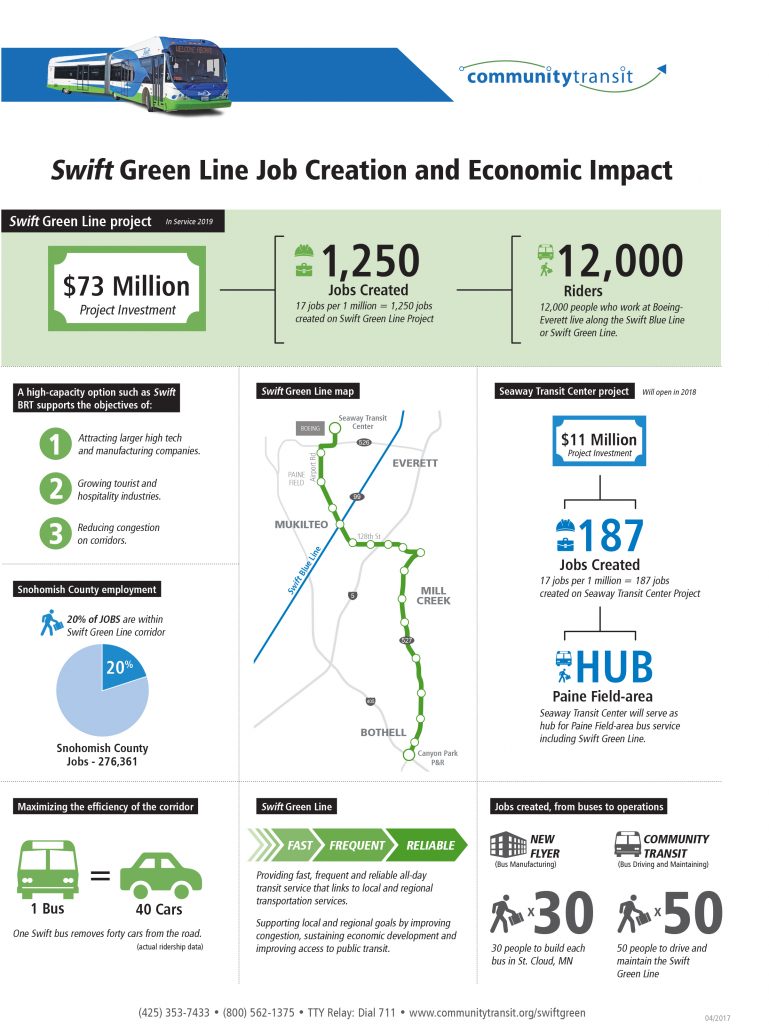

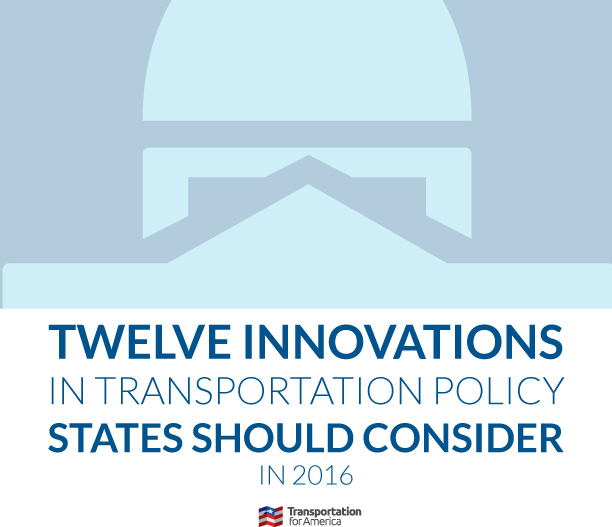
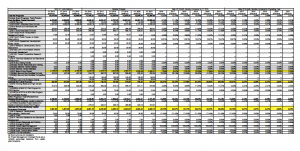
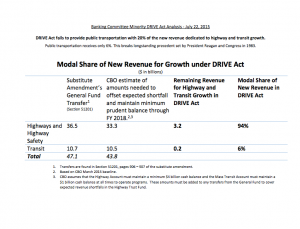
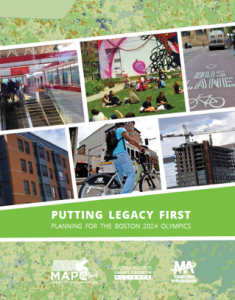 a few of which are summarized below:
a few of which are summarized below: